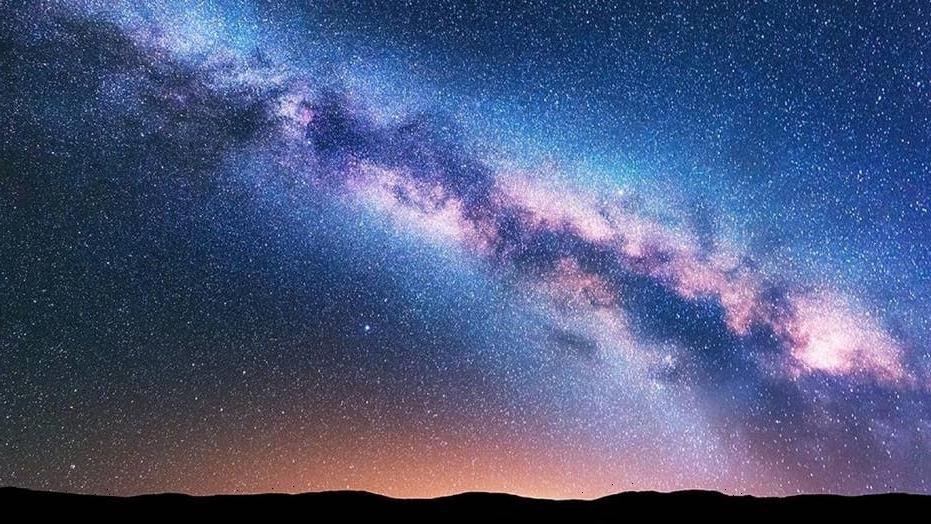


The mission might be one of the easiest scientific endeavors to maintain in the middle of a plague. Hubble, the most powerful telescope in orbit, is still producing dazzling observations of targets near and far, from the familiar planets of our solar system to the mysterious suns of other worlds. “I still love looking at that image,” Williams told me earlier this year, as Hubble celebrated its 30th anniversary in space. The view stretched billions of years back in time, revealing other cosmic locales as they were when their light left them and began coasting across the universe. The resulting image was astounding: Some 3,000 galaxies sparkled like gemstones in the darkness. So the Hubble telescope stared at the same bit of space, nonstop, for 10 days-precious time on a very expensive machine-snapping exposure after exposure as it circled Earth. The telescope had already captured the glow of faraway galaxies, and the longer Hubble gazed out in one direction, the more light it would detect. But Williams had a hunch that Hubble would see something worthwhile. Williams’s colleagues told him, as politely as they could, that this was an awful idea. And he decided to point it at nothing in particular. As the director of the institution that managed Hubble, Williams could use the telescope to observe whatever he wanted. Bob Williams didn’t have to worry about all that. In December of 1995, astronomers around the world were vying for a chance to use the hottest new tool in astronomy: the Hubble space telescope.


 0 kommentar(er)
0 kommentar(er)
